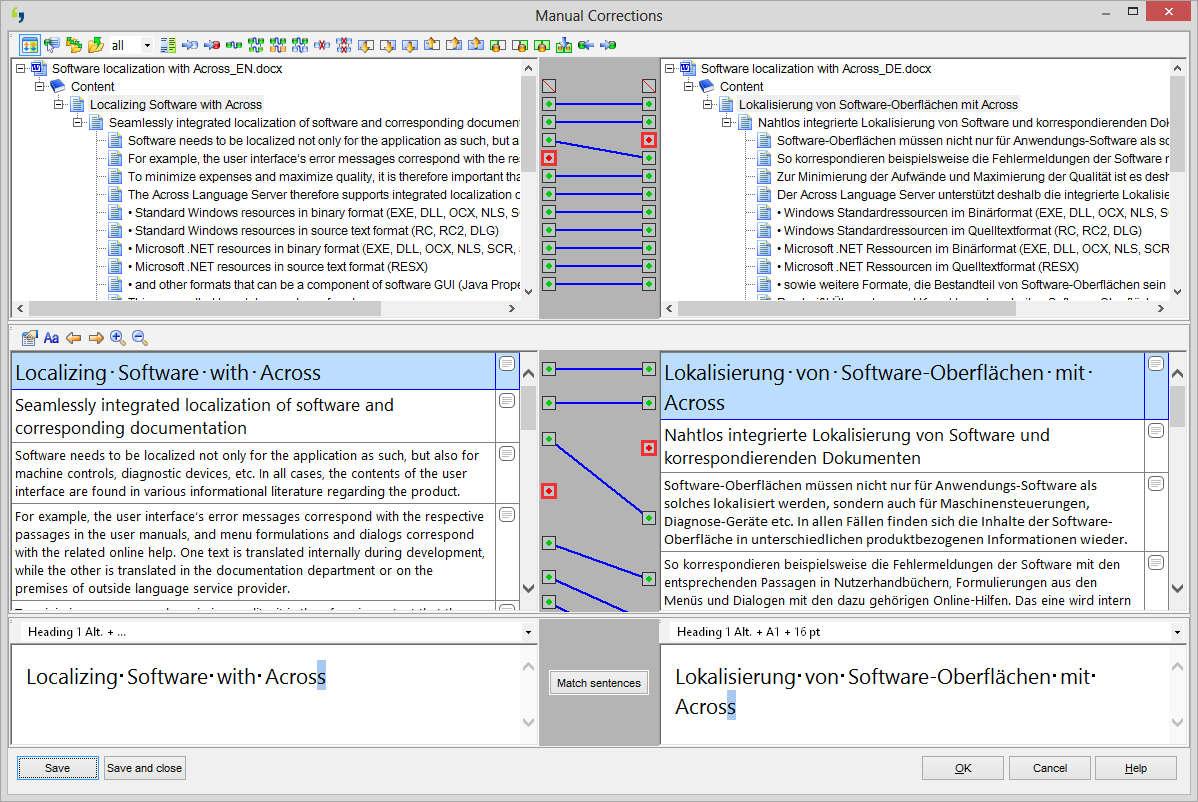Teach the Teachers 2016
Latin Translation Alignment
Address of this presentation: croala.ffzg.unizg.hr/sunoikisis/jovanovic-latinalignment.html
Neven Jovanović / neven.jovanovic@ffzg.hr
University of Zagreb, Faculty of Humanities and Social Sciences
Department of Classical Philology
The Plan
What is alignment?
Why use it in teaching Latin?
Pro et contra
Approaches to aligning translations
Analog and digital, networked and in the classroom
Digital tools and workflows
Conclusion?
What is alignment?
A strategy in automated (reusable, machine-supported, mostly technical) translation.

What is alignment?
Text and translation in parallel.

Why use alignment in teaching Latin?
nam et statura fuit humili et corpore exiguo et claudus altero pede.
en effet, il était de petite taille, de chétive apparence, et boiteux d’un pied.
il avait une petite taille, un corps grêle, et était boiteux
car il étoit petit de taille, mince, et boiteux d'un pied
Agesilas étoit petit et boiteux
Go to Perseids.org
Perseids, a collaborative online environment
Why use alignment in teaching Latin?
nam et statura fuit humili et corpore exiguo et claudus altero pede.
Был он мал ростом, тщедушен и хром на одну ногу
mert alacson szerü, és sánta vala.
Albowiem był niskiego wzrostu, drobnej budowy i utykał na jedną nogę.
ού μόνον μικρός το ανάστημα, αλλά και ισχνός, και χωλός τον έτερον των ποδών.
Why use alignment in teaching Latin?
Encourage closer reading.
Think about the relationship of translation to text.
Master strategies for approaching language-specific structures (lexical and syntactical).
Understand nuances of style both in source and target language.
Work together.
Why use digital tools for alignment in teaching Latin?
Work together.
Review and revise.
Produce measurable and corrigible work.
Produce material that will be useful to others.
Contribute to "translation memory" of Latin.
Pro et (mostly) contra
How much text? Which text?
Where are the rules for alignment?
Where are the rules for alignment for the language I need?
What if translation won't align?
What if we discover our translation is wrong?
How do we grade it?
Suggestions
Start with sentences
Start analog, proceed to digital
Make rules together with class, document it
Start with a literal translation, but explore also freer ones
Put students in roles of translators, aligners, reviewers
Non multa, sed multum
There is always another round!
When you build a course
around problems,
they become
advantages
A course plan
Goals
- Introduce students to alignment as a technique of mastering the languages
- Motivate students to produce and compare translations
- Encourage students to think about translation through formulating rules for alignment
- Introduce students to working in a digital environment
- Enlarge the corpus of aligned sentences and texts
A course plan
Objectives
- Students will work on n sentences / texts in the Perseids text aligning environment
- Students will prepare n translations to be aligned with the original
- Students will produce n aligned sentences
- Students will review n of their peer's alignments
- Students' alignments will be reviewed and corrected as necessary
- The work of each student and the whole class will be exported from Perseids and gathered in a collection
Let's try it out
Use Perseids to align a sentence.
All together now!

Dubrovnik, 21 June 2014.